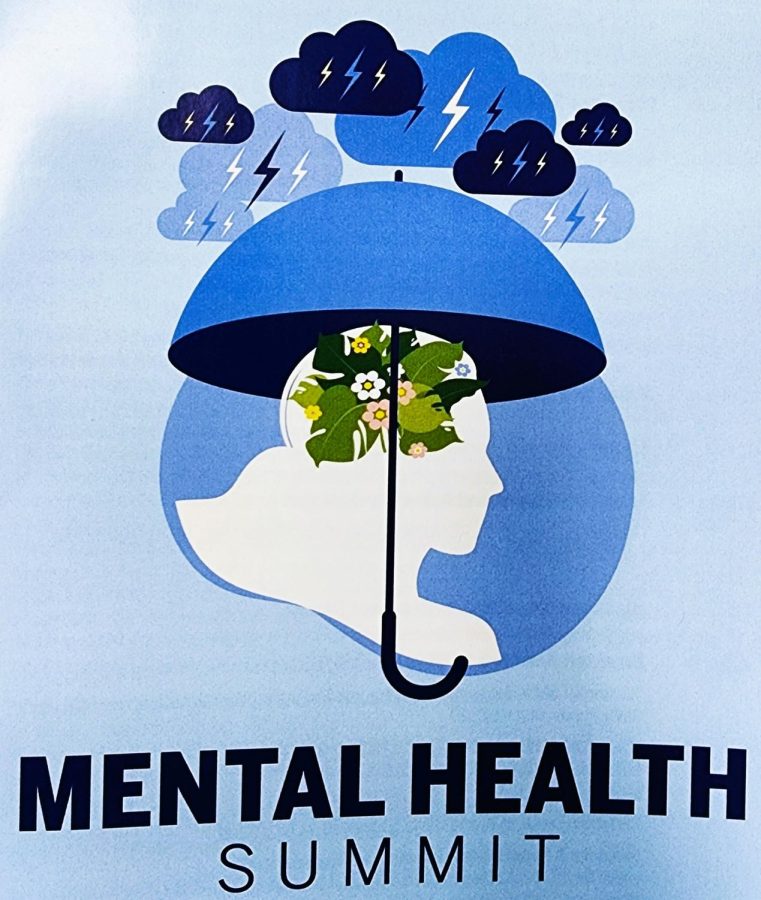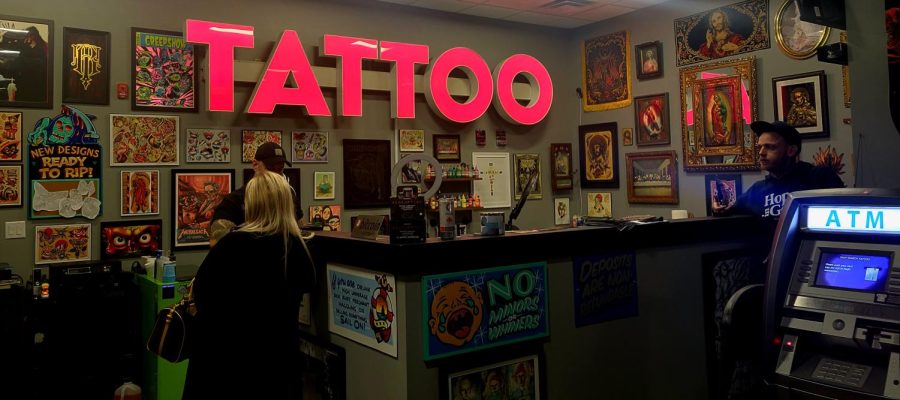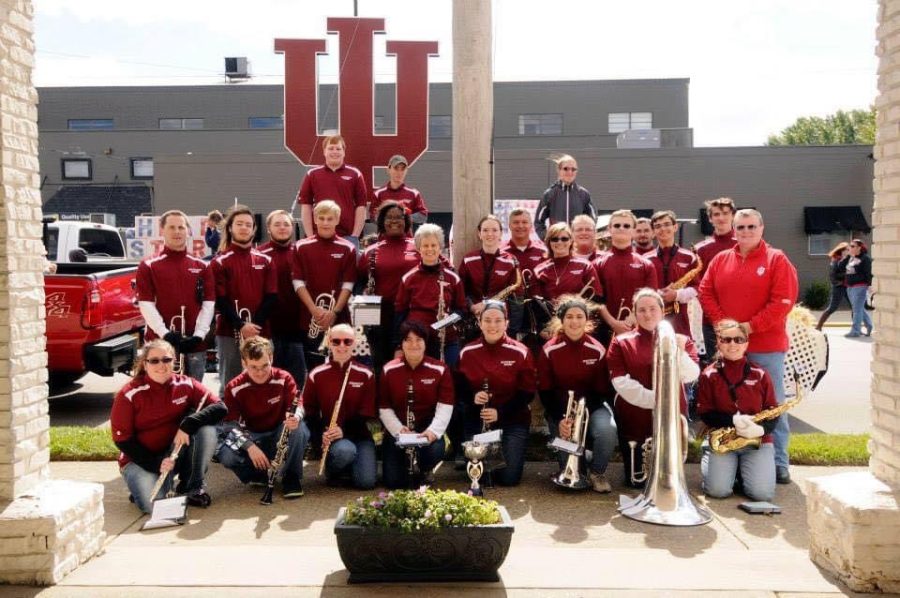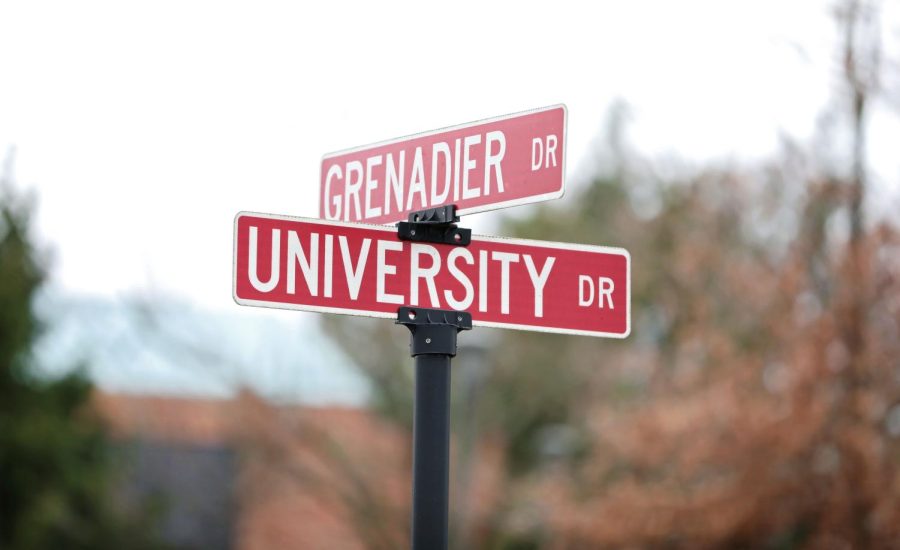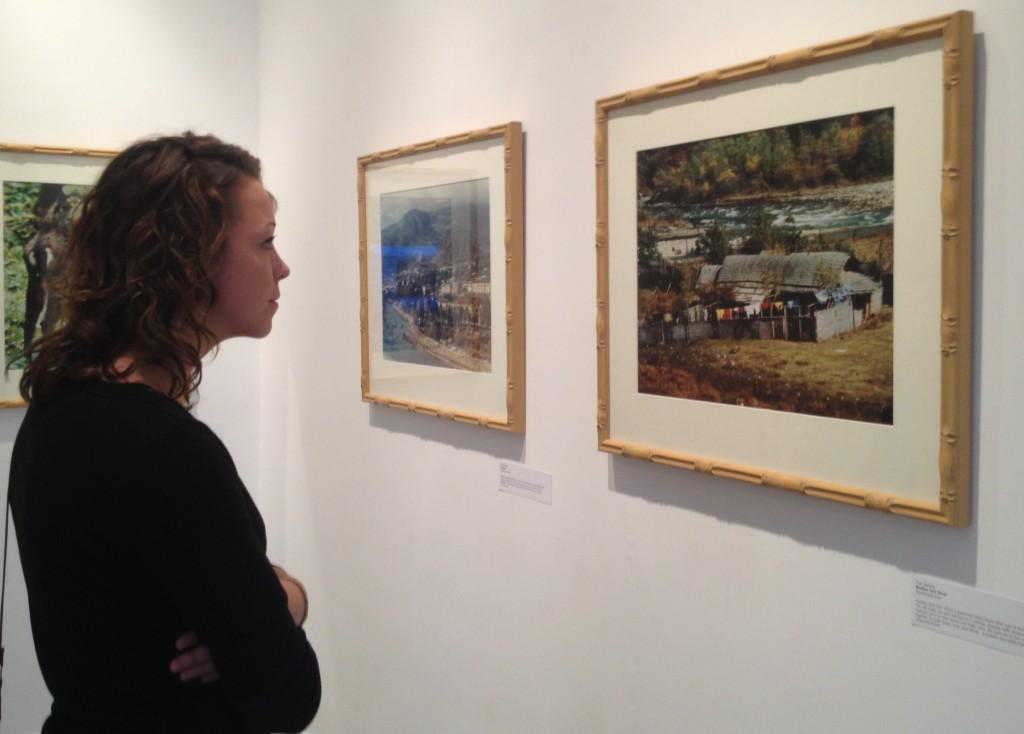
Recently a group of IUS students was able to visit Asia by simply riding a bus.
Valerie Scott, senior lecturer in psychology, took her Psychology 451 class to the Crane House in Louisville, where they immersed themselves in Asian culture. Also known as the Asia Institute, the Crane House provided the class with their first trip of the year.
“It’s nice to get out of the classroom,” Emily Merk, nursing junior, said. “It’s nice to actually see what we are learning about.”
For the day, the classroom was replaced with an old-fashioned building in Old Louisville. As is the case with most buildings in that area, its age shown through its style and poor ventilation. In a slightly warm environment, students walked through the halls, taking in the culture of all of East Asia by means of a lecture, gallery and museum.
The students walked up spiraling stairs, some steps creaking as they went, to a small room for the first portion of the trip.
“The idea is to make them aware of their own culture and aware of other’s cultures,” Scott explained to Helen Lang, founder and current speaker at the Crane House.
Scott sat next to Lang in the front of the room, facing a group of about 20 people. Representations of Asian art could be found throughout — a map of China hung to the right of the seated students.
Lang is of Chinese descent and talked to the class in a conversational manner about her family’s history. She spoke of her family’s movement to America, their immersion into Western culture and the successes they have found here.
Justin Levesque, psychology junior, said he was impressed with Lang’s lecture.
“I haven’t had the opportunity to listen to somebody that was so well versed and eloquent in how they spoke,” he said. “I really appreciated how succinct she was in talking about each different aspect.”
Lang also discussed a few Asian traditions she continues to practice, as well as her main message of accepting others.
Lang showed an example of the red envelope. The red envelope is small — much smaller than that of a mailing envelope Americans may be accustomed to — and is made to be filled with money and given to children on their birthdays. Lang continues the tradition today with her grandchildren.
“We may not get our points across, but we have to accept each other’s differences,” she said. “You need people. You need interaction. You can learn so much from each other.”
After Lang’s lecture, Lang and Scott welcomed questions from the class, and Lang invited everyone back to the Crane House, telling them they were welcome anytime.
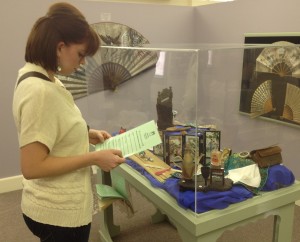
Erin Tharp, general studies sophomore, said she is considering going back to volunteer soon.
“Actually, I was thinking about maybe getting involved with the Crane House,” Tharp said. “I’m really open to different cultures myself, anyway, but I did not know very much about Chinese culture, and she gave me a few things to think about.”
After the lecture, students were able to visit the gallery downstairs before heading to the top floor, where a small but abundant museum is located.
Led by a tour guide, students were able to walk around the museum on their own. Pictures were allowed to be taken, and students could see artwork of interest to them.
Amanda Basham, psychology junior, said she was especially impressed with the museum.
“The museum part was very interesting to me just because I’m a very visual person, and I got to see the different cultures and see their artifacts,” Basham said.
The tour guide cited a difficultly for the Crane House of trying to integrate past and modern, especially within the museum.
Levesque, however, said he felt the juxtaposition between the lecture and the museum was very interesting.
“The second half of the museum part really went well with the first half because I felt the first half with the speaker was much more contemporary and had more recent advice and ways of thinking, whereas the second half provided the background to all of that,” Levesque said.
As far as the problem goes, though, the tour guide said the IUS students helped by asking such interesting questions. She explained they had given her ideas of what to do with the museum in the future.
Students in Psychology 451 are to choose a culture and present a project about that culture toward the end of the year.
Trips such as the one to the Crane House are a way to give students the chance to learn more about different cultures as well as give those doing the projects more information to work with.
The Crane House trip particularly helped Levesque, as his group is doing their project on Japanese culture.
“Originally, we all chose the Japan culture,” Levesque said. “We didn’t know a lot about it. That’s why we chose it, and this really gave us a lot of direction to go with that project, so I’m really excited now.”
By SAMANTHA FRAZIER
Staff
sefrazie@ius.edu

